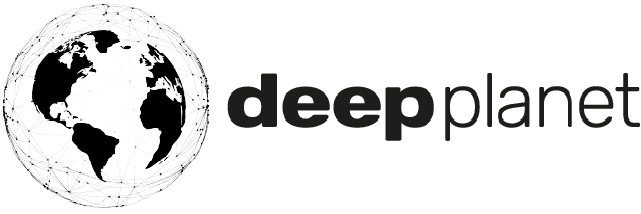Grape Maturity Predictions Made Easy with AI
2-minute read
Grape maturity monitoring is an important task as it is used to make one of the most critical decisions during the growing season - determining when grapes are likely to be ready for harvest.
Currently, chemical indicators such as sugar levels, acid content, and pH are used along with qualitative measures (e.g. skin tannins, aroma, and flavour) to monitor grape maturity. As grapes mature, sugar levels increase while acid content decreases. With the weather, pests, disease, and other factors affecting grape maturity, regular monitoring of these chemical parameters is crucial, especially in the weeks leading up to harvest.
Accurate monitoring and prediction of grape maturity are becoming ever more important as climate change affects harvest dates, length of the growing season, and grape quality.
Current best practices
Sugar levels: The increasing concentrations of soluble solids, primarily glucose and fructose, during maturation can be measured using a refractometer or a hydrometer and expressed as either degree Brix, Baume, or %SS (soluble solids). The Brix refractometer measures the degree to which light is bent by sugars in grape juice, whereas the hydrometer measures the specific gravity of sugars. The refractometer is usually the preferred option as it is easy to use and can be taken into the field.
pH and TA content: pH of sampled grape juice is measured in the laboratory using a pH meter. As acid content decreases during maturation, pH increases, and grapes harvested at below or above optimal pH result in wine with undesirable flavour, characteristics, and increased susceptibility to microbial contamination. TA content is determined by titration of grape juice to a certain pH level (pH=8.2) using an alkaline solution.
Taken together, these chemical parameters provide good measurable guidance as to when grapes are ready to be harvested. However, the traditional methods of measuring sugar levels, pH, and TA content as described here have a number of shortcomings:
Unrepresentative sampling: Due to environmental factors such as rainfall, weather, sun exposure, soil type and moisture, grape maturity can vary considerably within blocks. Limited sampling does not represent this variation and results in inaccurate estimations of maturity levels.
High cost: Laboratory testing for pH and TA content and sampling for sugar level measurement are costly and time-consuming.
Inaccurate results: Inaccurate sampling and human errors mean that the averaged results for maturity levels across blocks and vineyards are inaccurate. Moreover, due to unpredictable weather events, these results cannot be used for predictions reliably.
Our approach
We are working with growers and viticulturists to use state-of-the-art machine learning technology to address these problems. Our AI-powered platform uses satellite imagery, weather data, and information on grape variety to predict sugar content with 96% accuracy, TA levels with 91% and pH with 98% accuracy.
Figure 2. Historical actuals (orange) and VineSignal’s predictions (blue) of A) sugar levels; B) pH; and C) TA content for a number of varieties. The results show that the accuracy of VineSignal’s predictions for sugar levels, TA content and pH is 96%, 91% and 98%, respectively.
VineSignal monitors and predicts weekly changes in sugar levels without the need to be physically present in the vineyard. It allows you to track how grape maturity is changing at any point within a block or across the whole vineyard. Other benefits include:
Accuracy: High accuracy across major grape varieties.
Cost-effectiveness: Eliminates the need for destructive sampling, saves lab costs, and can be remotely monitored.
Better yield: Helps estimate harvest date for each block. This is useful for growers because it supports selective harvesting, thus improving the quality of their harvest. This also helps tackle variability and uncertainty caused by climate change.
Better yet, the predictive power of our technology allows you to be one step ahead and plan for the future. This and your winemaker’s qualitative evaluation of skin tannins, aroma, and flavour provide an accurate and reliable indication of when grapes are likely to be ready for harvest.
Grape maturity predictions, combined with weekly yield predictions, vine health, and leaf moisture monitoring, and other precision agriculture tools from Deep Planet, give you the confidence for data-driven decisions in vineyard management throughout the growing season and especially leading to harvest.
Interested in trying our maturity and other precision viticulture tools in your vineyard? Sign up for a Free Trial below


